How to determine the angle and height of the climbing wall to better adapt to different climbing projects?
To determine the angle and height of the climbing wall to better adapt to different climbing projects, the following factors need to be considered:
Speed Race 2:
Height: The climbing wall height for international standard speed races is 15 meters. This height can fully test the athlete's climbing speed, explosive power, and endurance. At such a height, the athlete needs to maintain a good rhythm and physical distribution in order to reach the summit at the fastest speed. For general speed race training or speed climbing walls used by enthusiasts, it should also be as close to this standard as possible to meet the needs of training and experience.
Angle: The slope angle of the rock wall on the standard speed track is negative 5 degrees (inclined towards the ground). This slight tilt angle can provide athletes with a certain amount of forward thrust during climbing, reducing the influence of vertical gravity and helping to improve climbing speed. At the same time, such an angle can also help athletes maintain better body balance during the climbing process, making it easier to quickly switch the support points of their hands and feet.
Difficulty Competition:
Height: The International Climbing Federation stipulates that the climbing wall height for difficulty competitions is usually 15 to 20 meters. A higher wall height can increase the complexity and challenge of the route, and athletes need to have excellent climbing skills, strength, and endurance to climb to the highest possible position within the specified time. If it is a difficulty climbing wall used for professional training or high-level competitions, it is recommended to reach 18 meters or more to meet the requirements of setting up high difficulty routes; For ordinary climbing venues or difficulty climbing walls used by beginners, the height can be appropriately reduced, but generally should not be less than 10 meters, in order to set different difficulty levels of route 1.
Angle: The climbing wall angle in the difficulty competition can have various variations, with common angles ranging from 30 degrees to 90 degrees. A gentler angle (such as around 30 degrees) is suitable for setting up long-distance routes that require endurance. Athletes can climb for long periods of time at relatively easy angles, testing their endurance and route planning abilities; And steeper angles (such as over 60 degrees) are suitable for setting up high difficulty technical routes, requiring athletes to have strong upper limb strength and superb climbing skills, able to complete various complex movements on steep walls, such as sideways, hanging feet, dynamic jumping, etc.
Climbing Competition 1:
Height: The height of the climbing wall in rock climbing competitions is generally 4 to 4.5 meters. This height is relatively low because the rock climbing competition does not use safety ropes. Participants rely on their own strength to complete the climb and need to land on thick protective pads to ensure safety. For rock climbing competitions, the height of the climbing wall should not be too high, otherwise it will increase the risk of landing for athletes; But it cannot be too low, otherwise it is impossible to set a sufficiently difficult route and action.
Angle: The climbing wall angle of the rock climbing competition varies greatly, with different angle settings such as vertical, downward, and upward angles. Vertical walls can test the basic climbing ability and balance of athletes; The angled wall can increase the difficulty of the route, requiring athletes to rely more on upper limb strength and body coordination when climbing; The elevation wall requires higher demands on the core strength and leg strength of the athletes, who need to have strong explosive power to complete upward climbing movements.


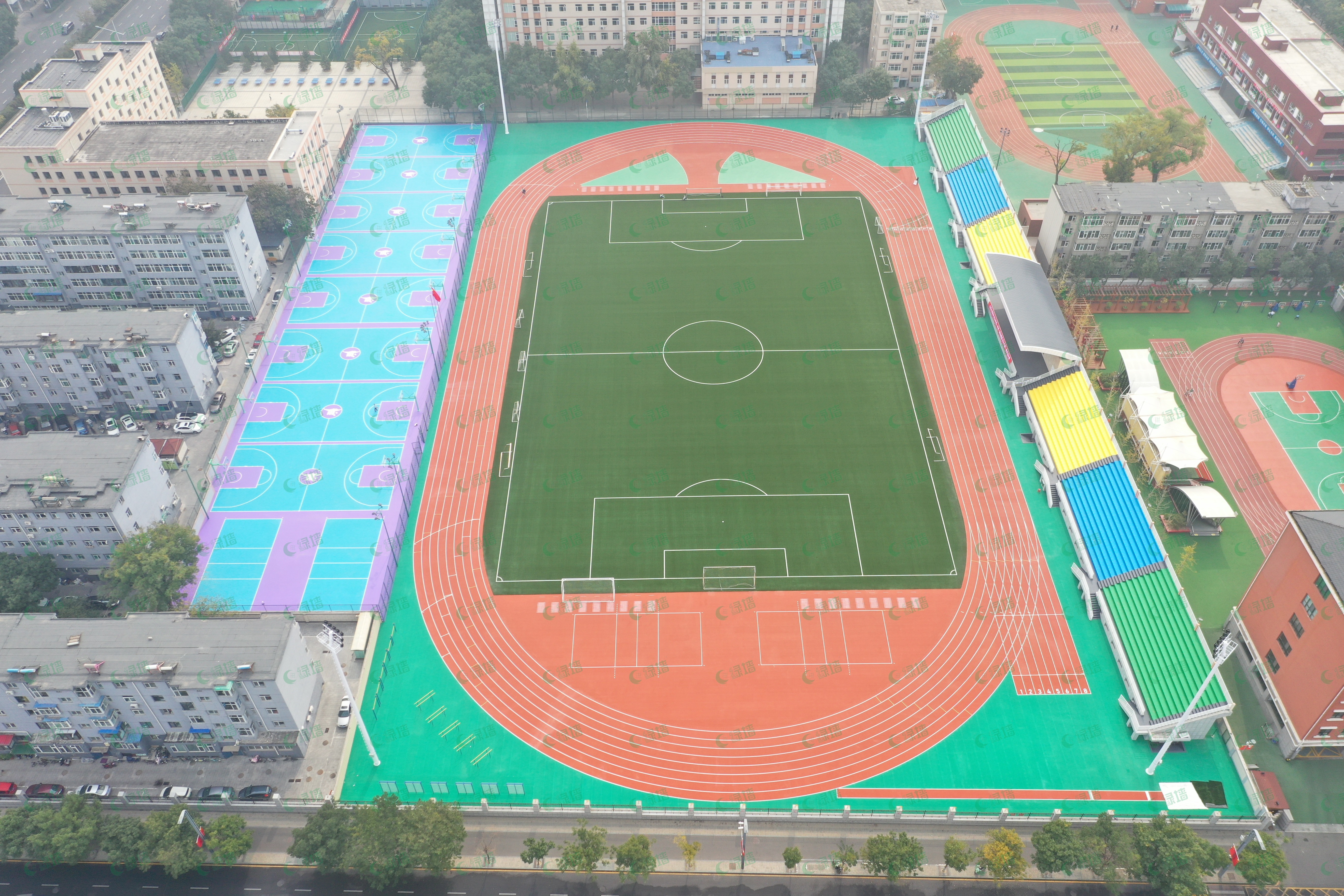
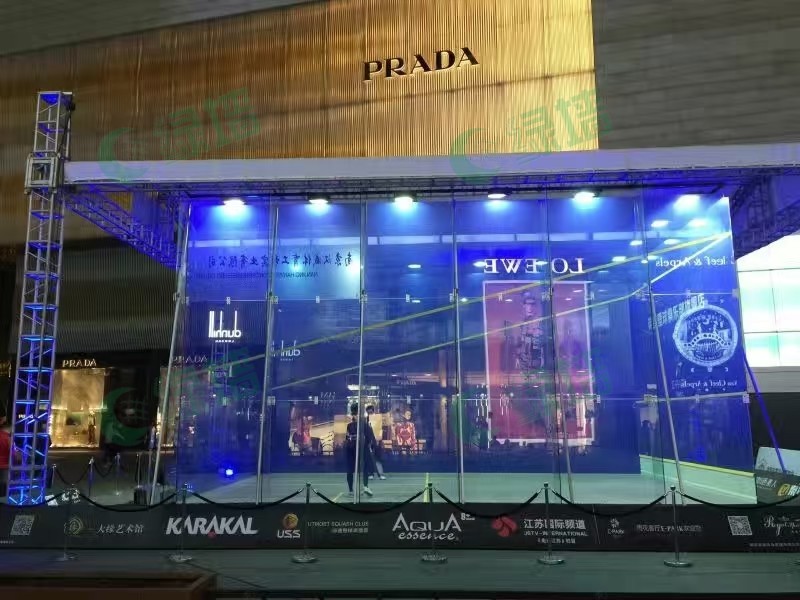
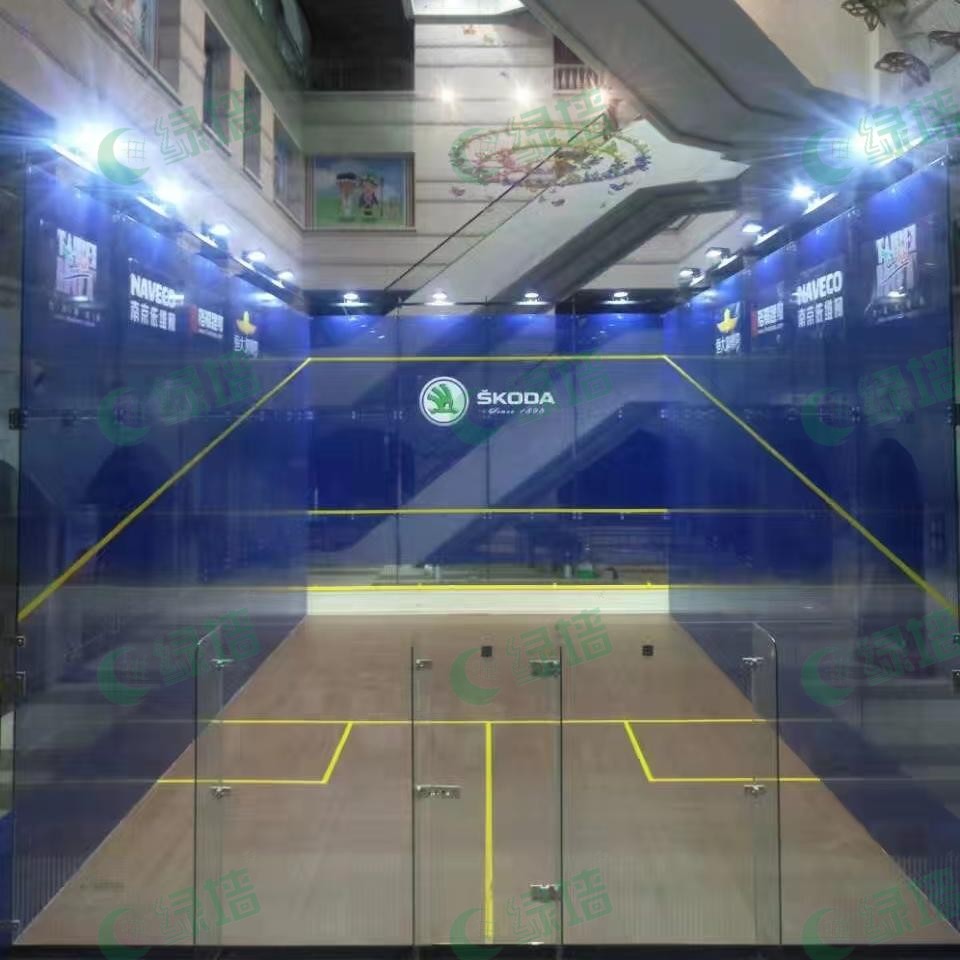
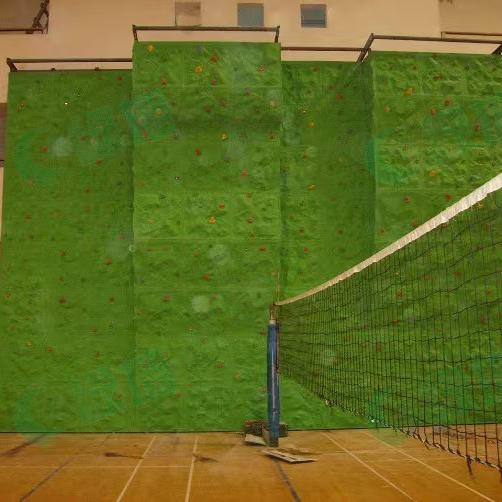
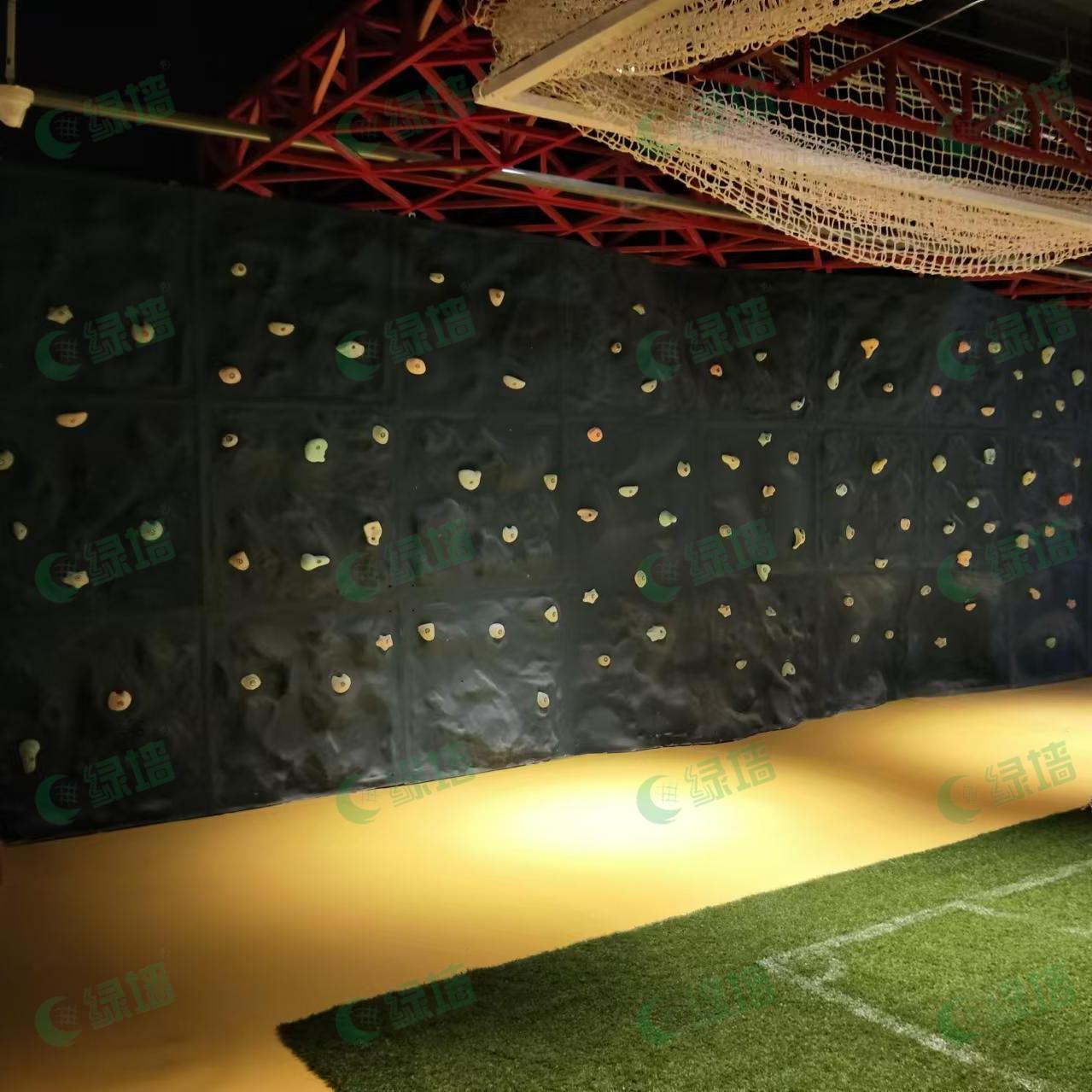




Please first Loginlater ~